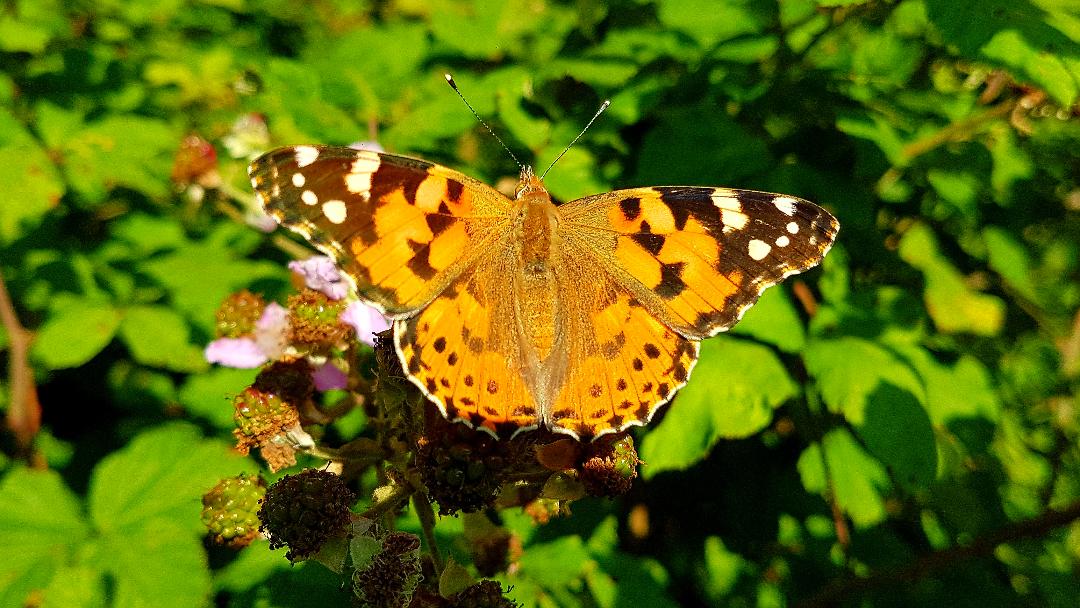 News ArticleRecording the Weather at the CETSunday 28th March 2021Learn More
News ArticleRecording the Weather at the CETSunday 28th March 2021Learn More
Uh Oh! You're using an old web browser
Please upgrade to a modern web browser to view this website.
Description
Friday 18th April 2025
Staff and volunteers at the Countryside Education Trust took part in the 2024 Big Butterfly Count, looking at our woodlands, meadows and gardens.
The most abundant species on our sites were the Meadow Brown and the Gatekeeper, we recorded lots of these in our hay meadows which was a joyful sight. We also saw more stand out species such as the Peacock, Brimstone and Common Blue. We noticed that during our surveys however that we did not see as many butterflies as we would have expected. Even when keeping an extra eye out for the Comma in September, a butterfly which should be found in some of the habitats around our sites, we have not been able to record even a single sighting of it. All of this is cause for concern as the Butterfly Conservation Trust rightfully point out that butterflies are key indicators for our environment.
The Butterfly Conservation Trust have released the national results for the survey and have stated that : “the majority of species show a decline in numbers”.
The results showed that the average individual saw just 7 butterflies during a 15-minute count, while 9000 counts did not see a single butterfly.
Use of neonicotinoid pesticides, climate change and habitat loss have all been cited as contributing to the decline in butterflies in the UK.
To read the report on the 2024 Big Butterfly Count:
https://butterfly-conservation.org/news-and-blog/uk-butterfly-emergency-declared
We are trying to take actions to help butterflies on the farm. We don’t use chemical pesticides and we have a rolling programme of conservation work in the woodlands such as keeping rides and glades open which benefit many butterfly species.
We will be taking part in the Big Butterfly Count again in 2025 as collecting data like this for national survey schemes helps to build a clearer picture of how our wildlife is faring. If you are interested in taking part you can do a count in your own garden or if you live locally to the Countryside Education Trust you can help with our surveys as a volunteer.






